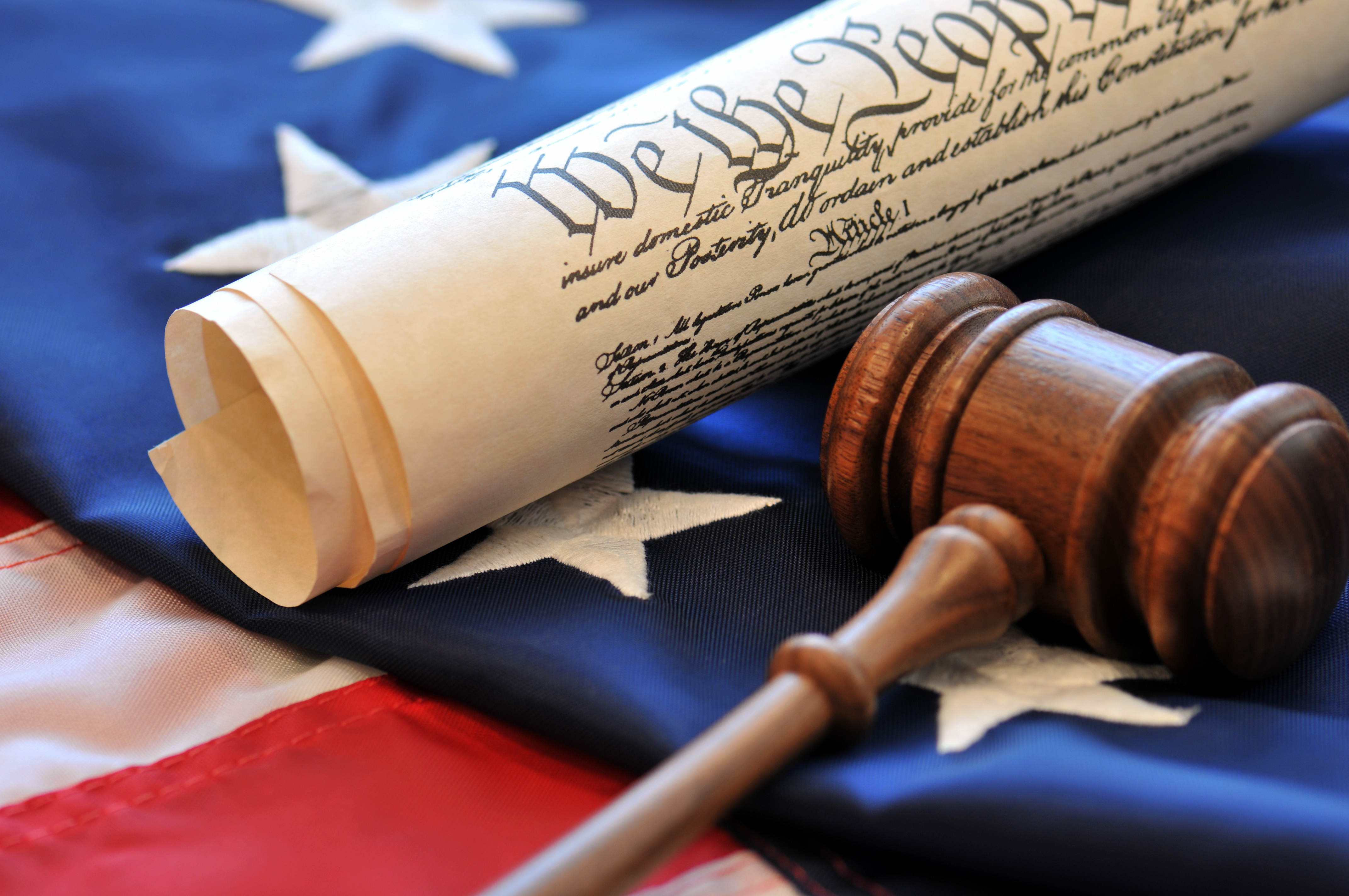HOW A BILL BECOMES LAW

Wondering how federal laws are made? Did you learn about the legislative process in school, but need a refresher? This page is designed to give you the basics.
Many people argue that the legislative process is too slow. While this may seem true, it should be noted that the framers of our constitution deliberately devised a system of checks and balances to ensure a thorough and deliberative process. The result is a process that protects against fast, sweeping changes - or a revolution.
What our system provides for is a process through which speed is determined by national consensus and a strong resolve to act. When these factors come together, the Congress moves swiftly. However, it is infrequent that an issue gives rise to a national consensus. We are a nation of unique individuals and our individual rights, combined with respect to minority views, are the basis upon which our legislative process was built.
Anyone may draft a bill, but only members of Congress can introduce bills, joint resolutions, concurrent resolutions, and simple resolutions, and by doing so, they become the sponsors. The official legislative process begins when a bill or resolution is numbered, referred to a committee, and printed by the Government Printing Office. At the beginning of the bill, "H.R." signifies a House bill and "S." a Senate Bill.
Once a bill or resolution is numbered it is sent to committee where it is reviewed, researched, and revised before it is approved to return to the House floor. If more discussion on the legislation is needed the bill will be sent to a subcommittee. Often bills die in committee never making it to the House floor for a vote.
When a bill reaches the House floor it is then debated by Members of Congress who agree or disagree with the legislation. After passing on the House floor a bill is then referred to the Senate where it undergoes many of the same legislative procedures as within the House of Representatives. The bill is discussed in Senate committee and then sent to the Senate floor for a vote.
If a bill is passed in both the U.S. House of Representatives and the U.S. Senate and has been approved by the President of the United states, or if a presidential veto has been overridden, the bill becomes law.
